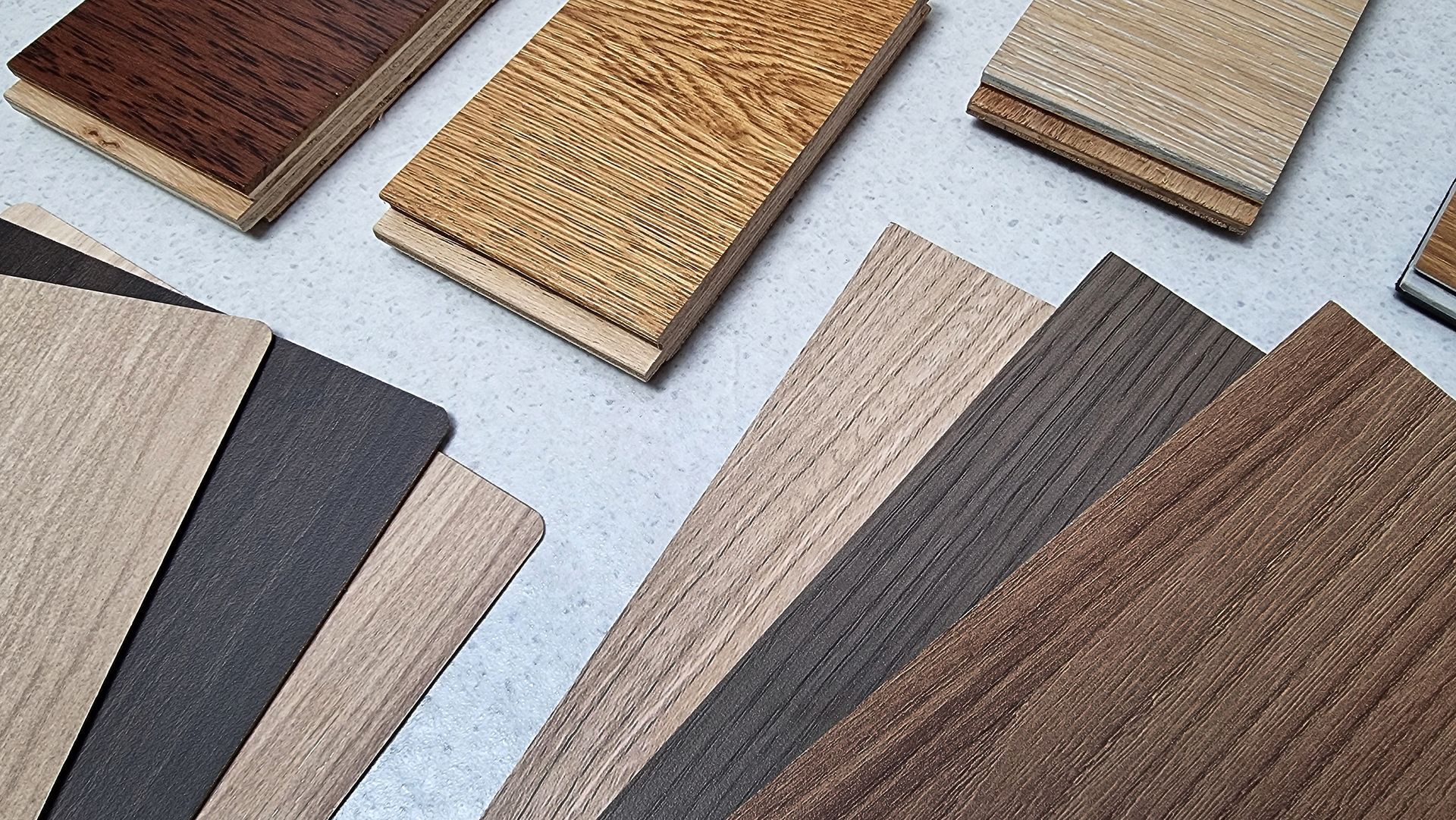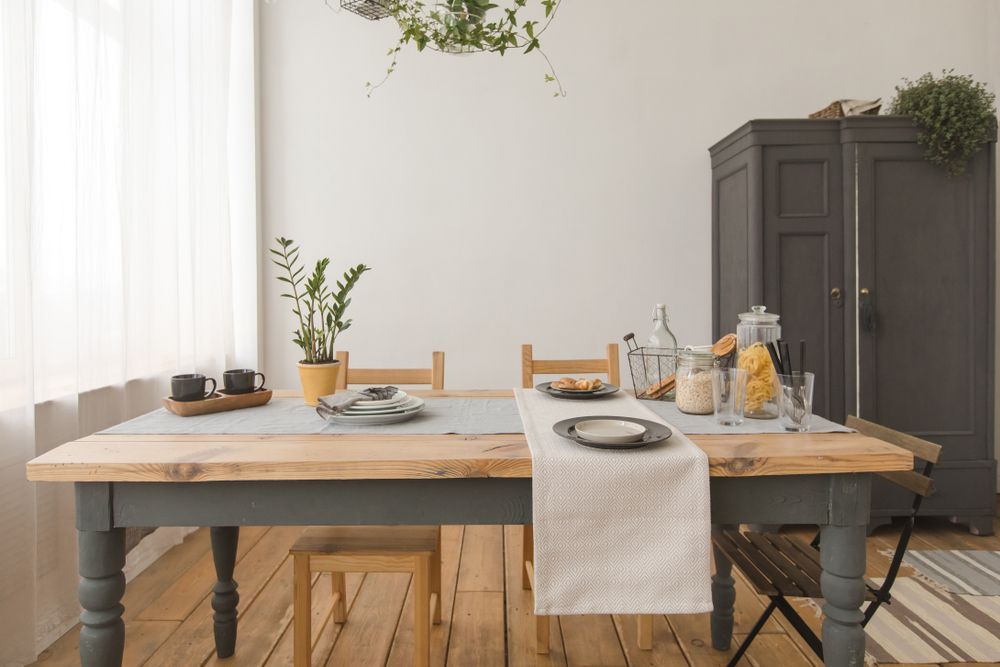A Guide to Types of Wood Finishes for Furniture
Share this article:
Written by: Evolution Furniture
When you're designing
custom wood furniture or engaging in
furniture restoration and
furniture repair, the finish you choose will have a big impact on the appearance and durability of the piece. Whether you're buying
custom painted furniture or furniture with a natural finish, you should understand how the finish impacts the piece.
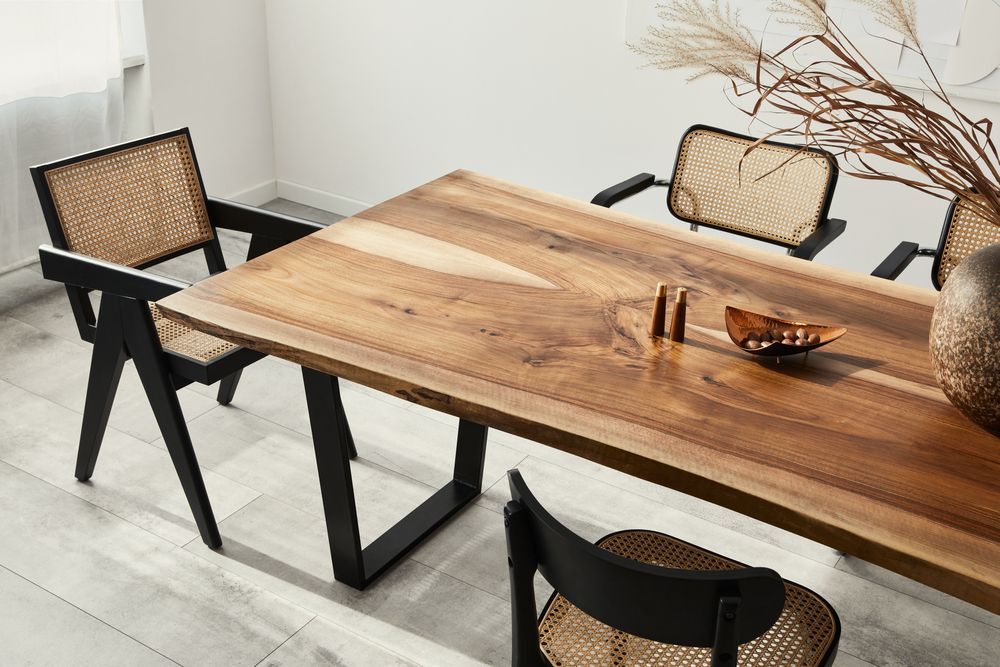
Why Use Wood Finishes for Your Wood Furniture
Wood needs to be finished for many reasons.
Moisture protection. Wood furniture naturally contains moisture that keeps the wood supple and strong. If the wood dries out, it can crack and break. At the same time, if the wood is subjected to too much outside moisture, it can become stained or may even rot. Finishing your furniture helps modulate its moisture content, preventing it from absorbing too much outside moisture while also helping it hold in its interior moisture.
Maintain luster and beauty. Wood finishes add luster to wood and also can add color that brings out the wood grain, compliments the design of the piece and helps coordinate the color of your wood furniture with the environment.
Common Types of Wood Finishes for Furniture
There are many types of wood finishes. Knowing the differences between these types of wood finishes can help you choose the finish that will provide long-lasting durability and natural beauty.
Wax-Based vs Water-Based vs Oil-Based Finishes
Wax finishes don't penetrate wood, but sit on top of the wood and provide some protection from scratches and moisture. Wax wears off over time and thus needs to be refinished periodically. As a result, waxes are usually used in combination with other finishes. You can apply a wax finish on top of an oil or water based finish, but you can't apply a water or oil based finish on top of wax.
Oil finishes can enhance the beauty of unfinished wood, or replenish and replace the natural oils in previously finished woods. Oil seeps into wood grain and gives it a natural flexibility that can help maintain the overall health of your woods. There are two types of wood oil: non-drying and drying. Drying oils will dry into a solid when exposed to oxygen, while non-drying oils are used more for treating wood than finishing.
Water-based finishes dry fast and adhere to the surface of the wood. Water-based finishes usually smell less than some other types of oils and are easy to maintain.
Stains and Dyes
Stains and dyes come in a variety of types. Stains and dyes seep deep into the wood and, depending on the type, can give it a durable finish that will help protect the wood from UV rays and moisture. Stains for exterior pieces need to be replaced periodically, or they lose their protective qualities.
For furniture kept indoors, stains may still fade and periodic refreshing can keep your furniture looking its best. Stains help add consistency to the beauty of the wood and can enhance the grains. Dyes and stains can be oil based or water based.
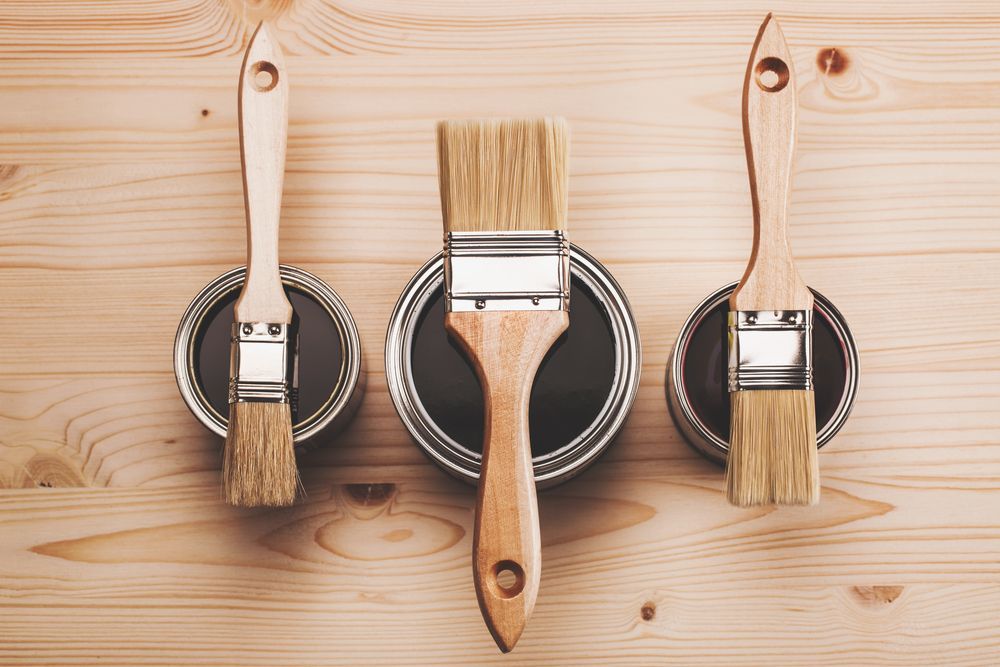
Natural Finishes
There are multiple types of natural finishes, including oils and waxes. Natural finishes can help protect wood for some time, but often are not as durable as some of today's synthetic finishes.
If you're committed to using a natural finish, you may want to pair this with a synthetic finish, or commit to replenishing the finish periodically. When considering a natural finish, it's important to consider who will be using the furniture, and how much wear and tear the furniture will be subjected to on a regular basis.
Varnish
Varnish is a durable wood finish that is water-resistant and resistant to wood scratches. Traditional varnishes are clear, but there are many staining varnishes sold in today's home improvement stores. Varnishes can be used on exterior wood finishes as well as indoor furniture.
Varnish is usually made up of a combination of solvent, oil, and resin. When it dries, it creates a hard finish. Varnish is usually lustrous and can provide a great deal of UV protection, which is part of why it's so good for exterior applications.
Lacquer and Shellac
Lacquer and shellac are similar in various ways. Lacquer is a fast-drying solvent-based finish that can cure wood, nourish it and leave a glossy finish. Shellac is a natural wax that is also a solvent-based finish that can cover damage, dry quickly and leave the wood glossy. Both lacquer and shellac can be scratched and damaged by water, so it's important to know the limitations of these finishes and use them accordingly.
Polyurethane Finishes
Polyurethane is a hard film that seeps into the wood grain and protects it from scratches and moisture. It's very similar to varnish. Polyurethane varnishes can yellow over time, so most people use polyurethane on darker woods only. Polyurethane comes in oil and water-based finish. Once dry, polyurethane creates a film that is similar to plastic.
Wood Paints
Paint provides complete UV protection and, as long as it is not chipped or scratched, also provides complete protection from moisture. Paint can be chipped and scratched, but sealing paint with a clear coating can help it last longer. Once applied, paint is not easily removed, so if you're planning to paint your furniture, be sure this is what you want.
Complimenting Wood Finishes to Design Styles
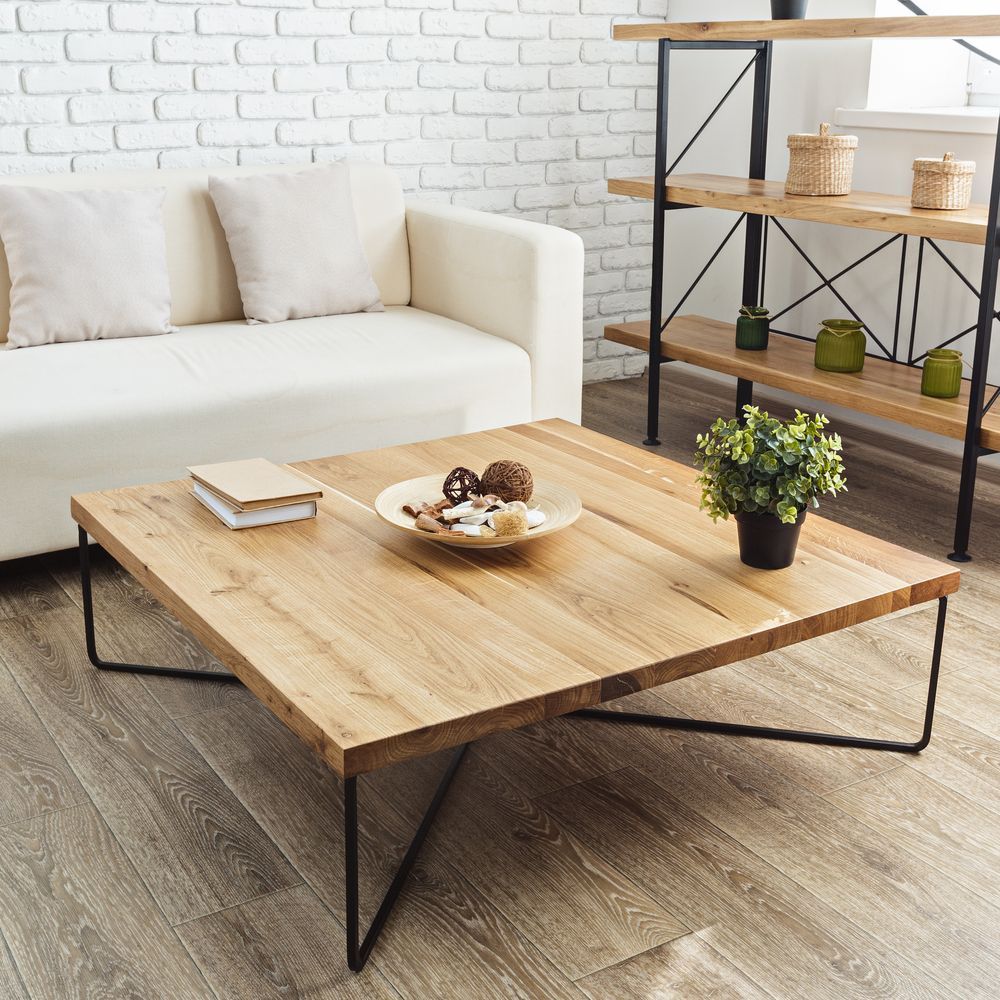
Dark stain, or light? Paint or stain? Finding the right finish for your furniture and different types of furniture styles can be tough. Whenever possible, look at samples of the different types of stains and paints before choosing the finish for your wood furniture.
Your custom furniture maker can also help you choose a stain or finish that will compliment your furniture style. Some types of wood are more accepting of stains than others, so ask your custom furniture maker what they would suggest for the piece you're considering.
Evolution Furniture: Crafting Custom Wood Furniture to Your Style
Whether you're an interior designer buying custom furniture or you're a consumer trying to find the right piece for your home, when you work with Evolution Furniture, we can help you sort through the options to make the right selection for your upcoming project.
Are you crafting custom wood furniture for your home? See our
design portfolio to see what we're capable of.
Contact Evolution Furniture if you're ready to make a custom piece for your home or business.

